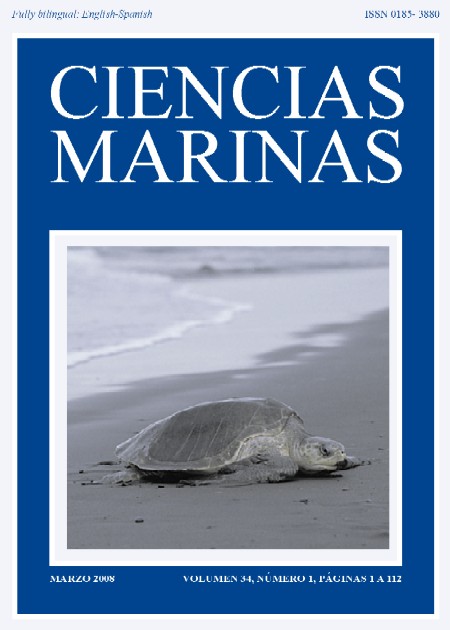Scarping predictability of sandy beaches in a multidirectional wave basin
Main Article Content
Abstract
Our ability to predict beach erosion above the still water level (SWL) is still not satisfactory due to the lack of adequate technology to accurately measure the sediment concentration and velocity in very shallow water, including the swash zone where the beach face is intermittently covered with water and exposed to the atmosphere. A simple procedure is proposed here to improve our predictive capability for the particular case of scarping erosion caused by wind-generated waves above the SWL. If the slope at the steep scarp is larger than the limiting slope of the internal sediment friction, the steep face is assumed to be eroded due to the computed offshore sediment transport at the toe of the scarp. The bedload and suspended sediment transport at the toe of the scarp was computed using a time-averaged model that includes the steep bottom slope effect. The model was validated against a novel experiment in a multidirectional wave basin, where scarping was reproduced. The water level was raised in four steps to reproduce the shoreface erosion, berm overwash and berm erosion, successively. Horizontal and tilted berms were tested against similar normal incident irregular waves to compare the performance of the profile without and with ponding, respectively. For the tilted case, ponding appeared when the tilted berm was overtopped. No ponding was observed for the horizontal berm test even when the berm was overtopped. The predictability was estimated using the Brier skill score (BSS). The predictability of the scarping was good (BSS ≥ 0.6) for the horizontal berm test and fair (BSS ≥ 0.4) for the tilted berm test. This decrease in the predictability may be related to the ponding, which is not included in the model.
Downloads
Article Details
This is an open access article distributed under a Creative Commons Attribution 4.0 License, which allows you to share and adapt the work, as long as you give appropriate credit to the original author(s) and the source, provide a link to the Creative Commons license, and indicate if changes were made. Figures, tables and other elements in the article are included in the article’s CC BY 4.0 license, unless otherwise indicated. The journal title is protected by copyrights and not subject to this license. Full license deed can be viewed here.

